If you want to add something unique to your houseplant collection, try these 7 Indoor Carnivorous Plants as they are easy to grow even for beginners.
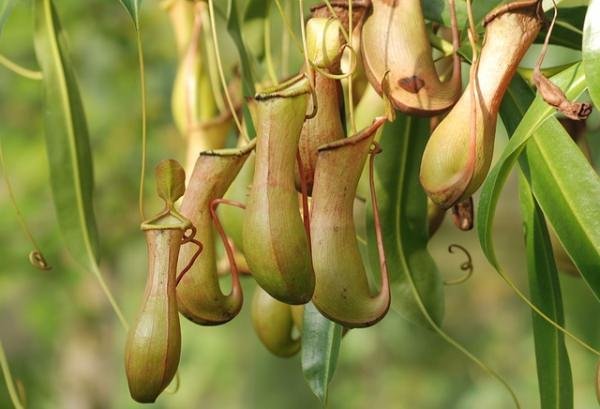
Carnivorous plants can be an excellent addition in your houseplant collection, as these insects eating plants are unique and beautiful and act as a repellant too. Apart from the appearance, they also grab attention with their surprising way of trapping insects!
What Are Carnivorous Plants?
Carnivorous plants are native to the boggy environment, where the soil is thin and lacks essential nutrients. To fulfill their needs, these plants trap and consume insects. They attract their prey through sweet-smelling nectar and bright colors and trap them inside in specialized leaves. After trapping the prey, they extract vital nutrients by breaking down the body through their digestive enzymes.
To learn how to grow carnivorous plants in pots, read this growing guide here.
Best Indoor Carnivorous Plants
1. Venus Flytrap (Dionaea muscipula)
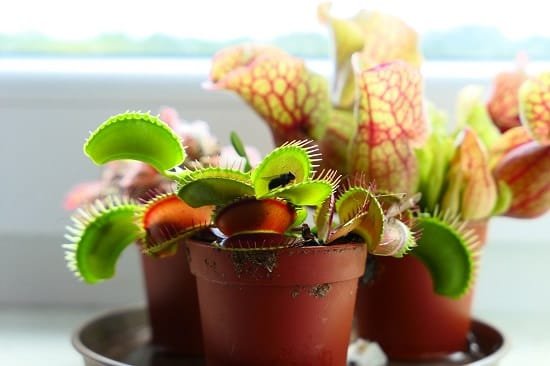

Venus flytrap is one of the most popular indoor carnivorous plants. With its unique insect catching toothed leaves, it looks so cool and mysterious that you’d love having it in your home. It primarily eats ants and flies, but you can feed it other insects as well.
Growing Tips:
- Feeding a couple of smaller insects in a month is enough for a young plant.
- Keep the soil damp all year round using stored rainwater, or reverse osmosis or deionized water.
- Place the plant near a window that receives filtered sunlight.
2. Pitcher Plant (Sarracenia)

Pitcher plant comes in different shades of purple, yellow and, pink, which makes it an attractive carnivorous houseplant. The plant’s leaves have an upward tabular trap with a cavity filled with digestive liquid (nectar) that lures the prey.
Growing Tips:
- It thrives well in bright indirect light.
- A potting mix of two parts of peat moss and one part of sand or perlite is ideal for growing a pitcher plant.
3. Sundew (Drosera)


Sundew plant, as its name suggests, has hairy stems, adorned in drops of sticky substance that looks like morning dew. These drops are digestive enzymes that entice and dissolve its prey.
Growing Tips:
- Sundews require a warm temperature that must be above 50 F (10 C).
- Moist soil and humid surroundings are also two important growing conditions.
4. Butterwort (Pinguicula)
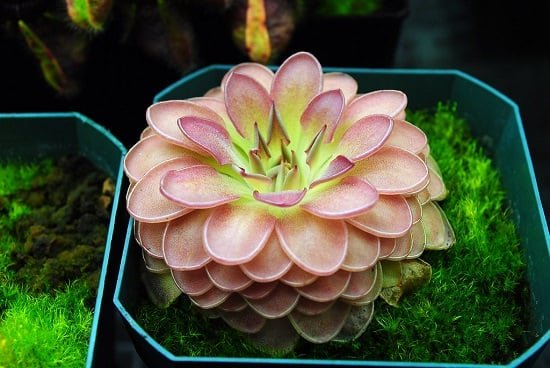
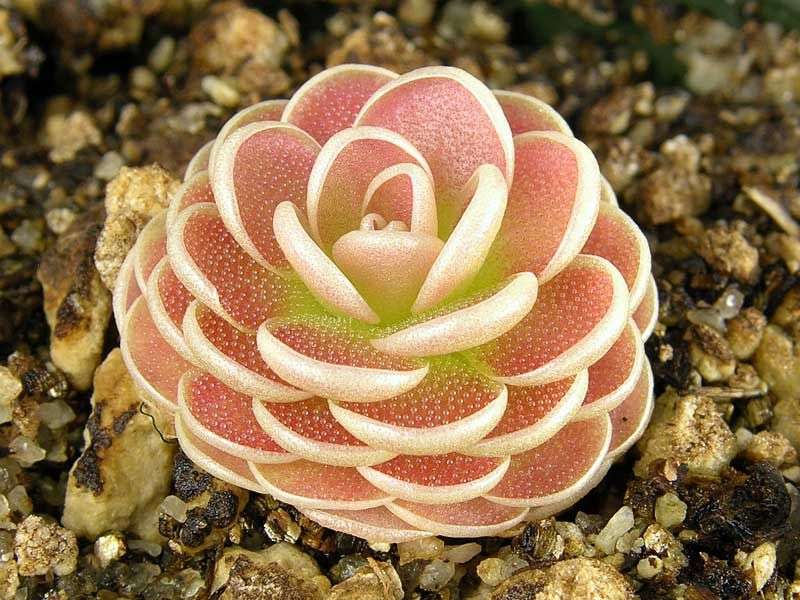
Butterworts are commonly available online and in garden centers. They stand out with their tiny appearance with their colorful flowers. Further, it attracts insects like flies through its sticky resin on the leaves, trapping and digesting the prey.
Growing Tips:
- It prefers evenly moist soil and does well in temperature ranging between 75-100 F (24-38 C) in summers and 45-75 F (7-24 C) in winters.
- Avoid using any type of fertilizer at all, as it will 𝓀𝒾𝓁𝓁 the plant.
5. Monkey Cups (Nepenthes)
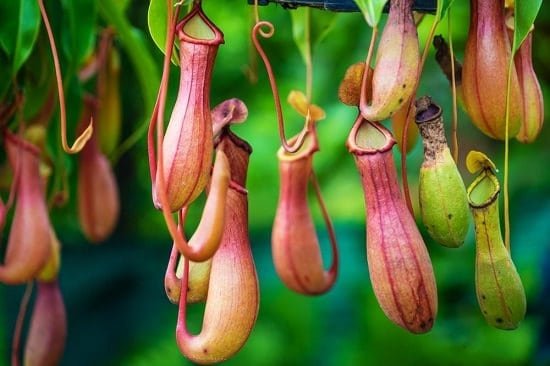
Also known as the tropical pitcher plant, it looks perfect in hanging baskets due to its cup-shaped dangling pockets that hang from its tendrils. This plant uses these dangling pockets to catch and dissolve the insects for nutrition.
Growing Tips:
- Place the plant in bright indirect sunlight, somewhere, where it can receive the morning sunlight.
- Prepare a potting mix from 3 parts of sphagnum moss, 1 part of pumice, perlite, or lava rock.
6. Bladderwort (Utricularia)
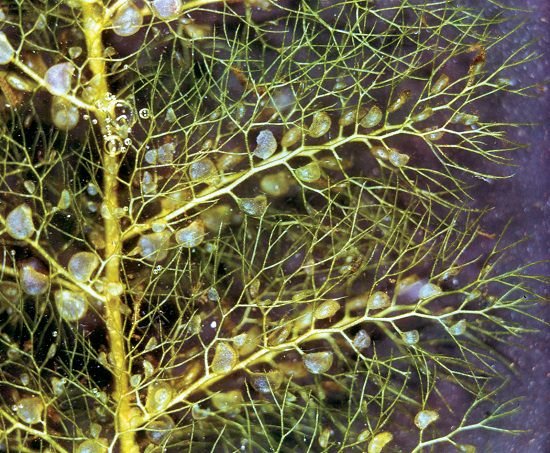
This rootless, aquatic carnivorous plant, has tiny hairs that get triggered by insects. When insects come in contact with these hairs, the trigger opens a ‘trap door’ attracting the prey with thin, sweet substance. Once under the trap, the insect is quickly consumed by the plant.
Growing Tips:
- They do best in a shallow tub or aquarium.
- As aquatic bladderworts don’t have roots, you have to change water frequently, as they rely on dissolved oxygen in the water.
7. Australian Pitcher Plant (Cephalotus follicularis)

Also known as the fly-catcher, the pitcher plant’s carnivorous leaves have small and green pitchers, protected by a red-white hairy lid. The opening door of the pitcher holds red rings that produce nectar, and lure preys. Inside are two glands, forming a digestive enzyme fluid that breaks down the flesh of insects.Growing Tips:
- It prefers warm temperatures, moist soil, and partial sun.
- You can keep this carnivorous plant with other ones in an aquarium to provide warmth and humidity.
Also Read: Carnivorous Plants Growing Tips





